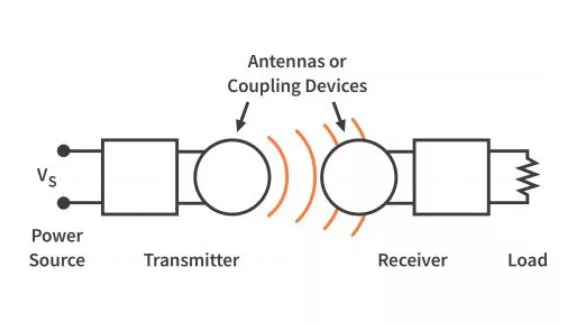Benjamin Franklin & Static Electricity
Published
Transcript
Understanding the basics of what electricity is can really help anybody learning about electronics, circuit design, power engineering, and so on. So, let’s start with a little history of electricity with a story about Benjamin Franklin and how he discovered static electricity. Not his kite, even though that is a much more popular story and has had many animated reenactments on YouTube. I’m going to talk about his strange obsession with rubbing glass and hard rubber with silk and fur.
Ben would rub a glass rod with silk and another rubber rod with fur while hanging those rods from string. To more easily emulate this experiment today, we can use a plastic rod and wool instead of rubber and fur. If he rubbed two glass rods with silk and brought them close together or two rubber rods with fur and did the same, they would repel each other. But if he rubbed a glass rod with silk and a rubber rod with fur, those two would attract.

He didn’t realize what he was doing, but he was actually removing electrons from the glass rod when he used silk and adding electrons to the rubber when he used fur. Though he didn’t know what was going on exactly, he figured out that there was a positive charge and a negative charge and like, or similar charges, repel each other, while opposite charges attract each other. He decided that the glass rod being rubbed with silk would be a positive charge while the rubber and fur would be a negative charge. So, with that convention, by removing electrons, the glass rod became positively charged and by adding electrons, the rubber rod became negatively charged.
All atoms are made up of a nucleus made up of protons and neutrons with electrons flying around them. For Franklin’s experiments, the rubbing motion was physically removing the electrons from the atoms making up the glass rod or physically adding electrons to the rubber rod. Now, one view of electricity is that it is the flow of electrons but since the electrical charge on these objects doesn’t go anywhere, it is considered static electricity. Though some may disagree, this is a bit of a misnomer as the electrons do move when the object comes in physical contact with something else at a different charge and everything equalizes, usually in the form of a painful zap or nocturnal light show.
In summary:
- Positive and negative charges
- How Benjamin Franklin discovered charges

Get the latest tools and tutorials, fresh from the toaster.











